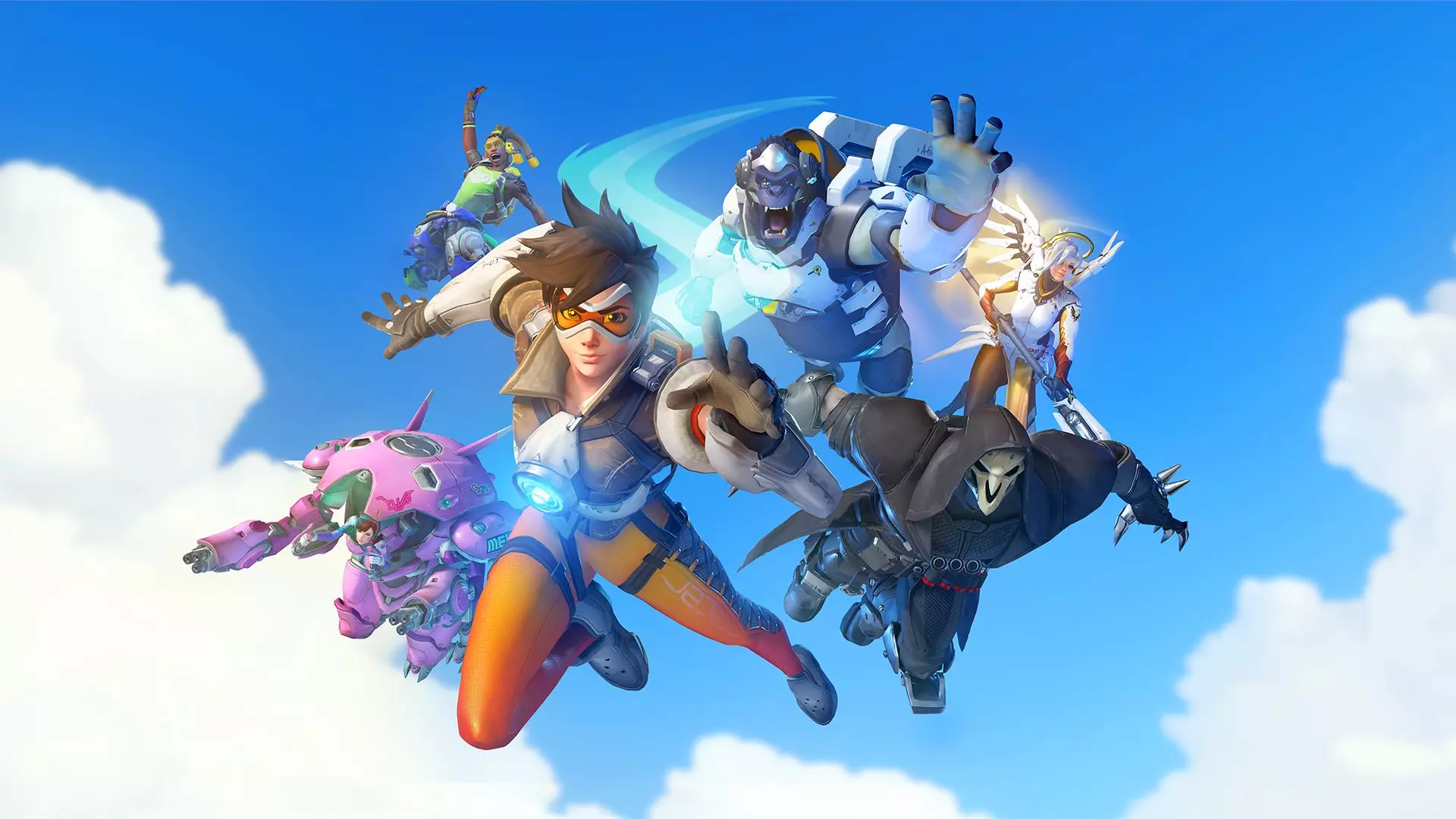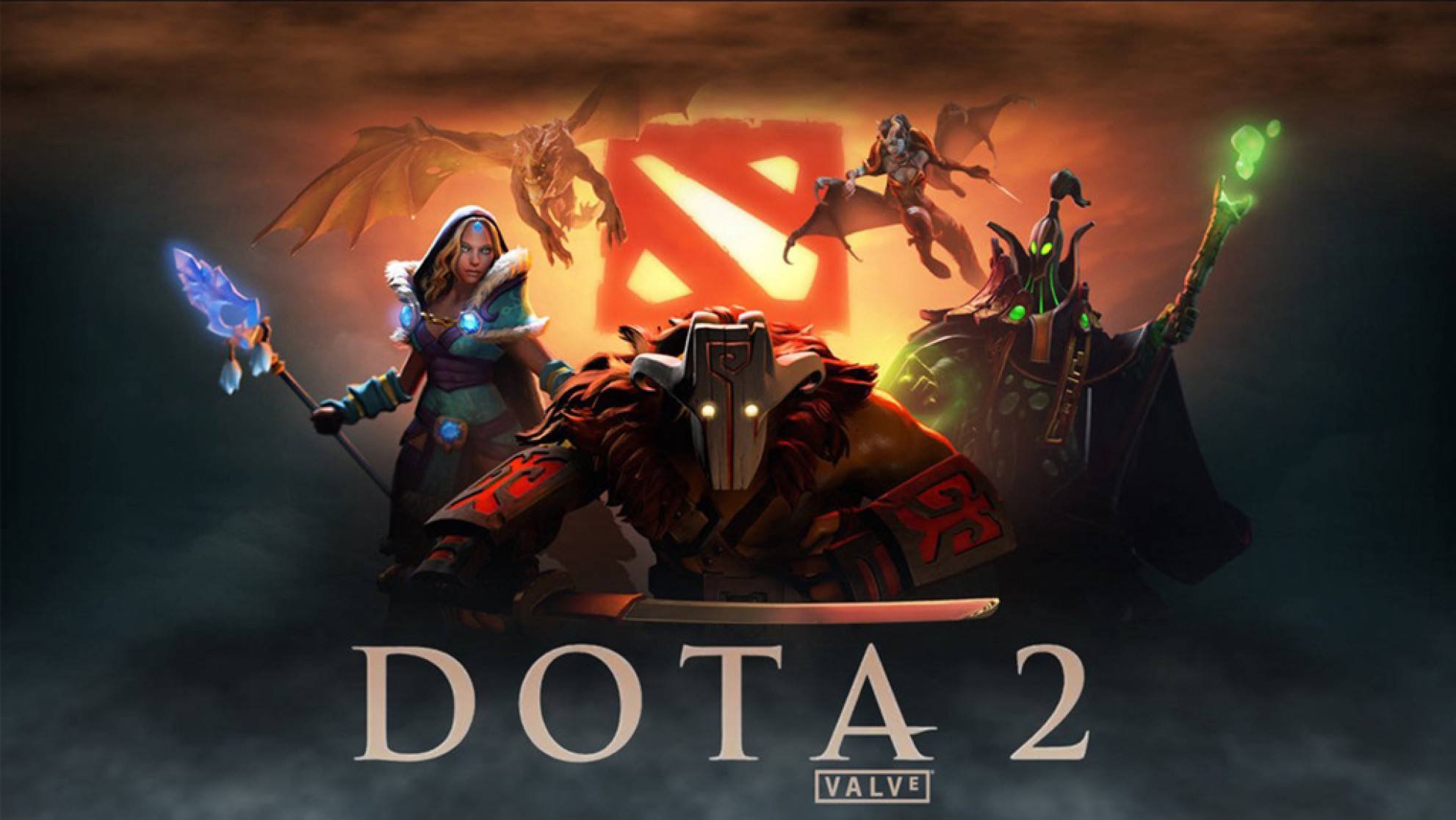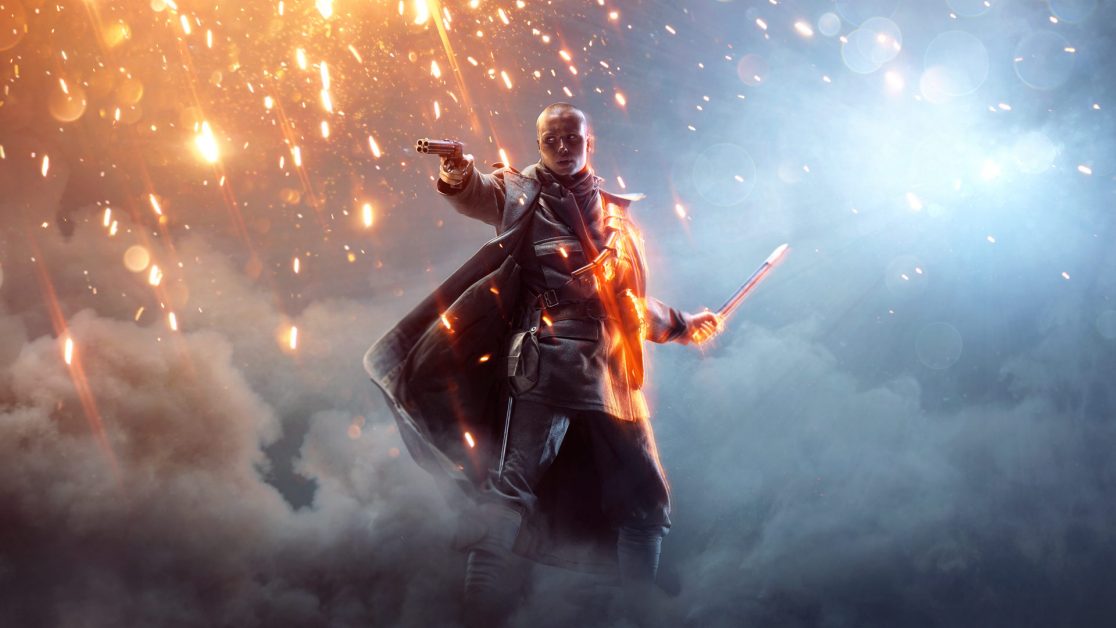Need a website?
Playing Overwatch on Intel HD 520/620

Overwatch on Intel HD 520/620
Alright, so you’re thinking about jumping into some Overwatch in 2025… but you’re also rocking an older laptop with Intel HD 520 or 620 graphics. That’s bold. Respect. These chips were never meant to be gaming powerhouses — more like, “I can open Chrome without catching fire” kind of chips. But hey, let’s not write them off just yet.
Can they run Overwatch? Technically, yes. Should they? Well… let’s talk.
The Performance Situation: Running, Not Racing
First things first, yes, both the Intel HD 520 and 620 can run Overwatch. Not smoothly, not beautifully — but they run it. We’re talking 720p, low settings, and even then, things are a bit of a rollercoaster.
In quieter moments, you might pull off a nice, clean 50–60 FPS. Not bad, right? But once things get spicy — say, during a team fight or when someone pops an ult — the frame rate starts doing backflips. It can dip into the 40s or even the low 30s if things get really wild.
Still, it’s playable. Not tournament-level stuff, but good enough to hop into Quick Play and feel useful… assuming you’re not maining Widowmaker and trying to land pixel-perfect headshots.
But 1080p? Oh no. Just… no. The second you bump the resolution, those frame rates go down faster than your team without a healer. It becomes a slideshow. You’ll miss shots you haven’t even taken yet.
The “Keep It Alive” Settings Guide
If you’re determined to game on these integrated dinosaurs, here’s what you need to do. Trust me, your laptop will thank you:
Resolution: 720p, no higher. Pretend it’s 2011 and embrace it.
Texture Quality: Low. Fancy textures are for GPUs that don’t live in fear.
Shadow Quality: Low. Shadows are overrated.
Render Scale: 100%… or lower if you’re really hurting for frames.
Effects Quality: Low. Explosions are cool, but so is visibility.
Anti-Aliasing: Off. A little jaggedness never hurt anyone.
V-Sync: Off. Let those frames fly free.
Render Detail: Low. Keep it simple.
Ambient Occlusion: Off. You don’t need fancy light physics.
Post-Processing: Low. No filters, just raw gameplay.
And for real — dual-channel RAM is your secret weapon here. If you’re running single-channel memory, your integrated GPU is gonna wheeze like an old dog chasing a frisbee. Dual-channel gives it a much-needed energy drink.
Final Thoughts: Should You Even Bother?
So yeah, Overwatch still technically works on Intel HD 520 and 620 in 2025. You won’t be topping the leaderboards, but you can play — if you’re willing to go full potato mode. It’s great for casual matches or for anyone just looking to vibe and have some fun with friends.
But if you’re trying to climb ranks or want a visually polished experience where Reinhardt doesn’t look like he was rendered on a calculator, it’s probably time to upgrade. These chips had a good run. It’s 2025 — let them rest.








